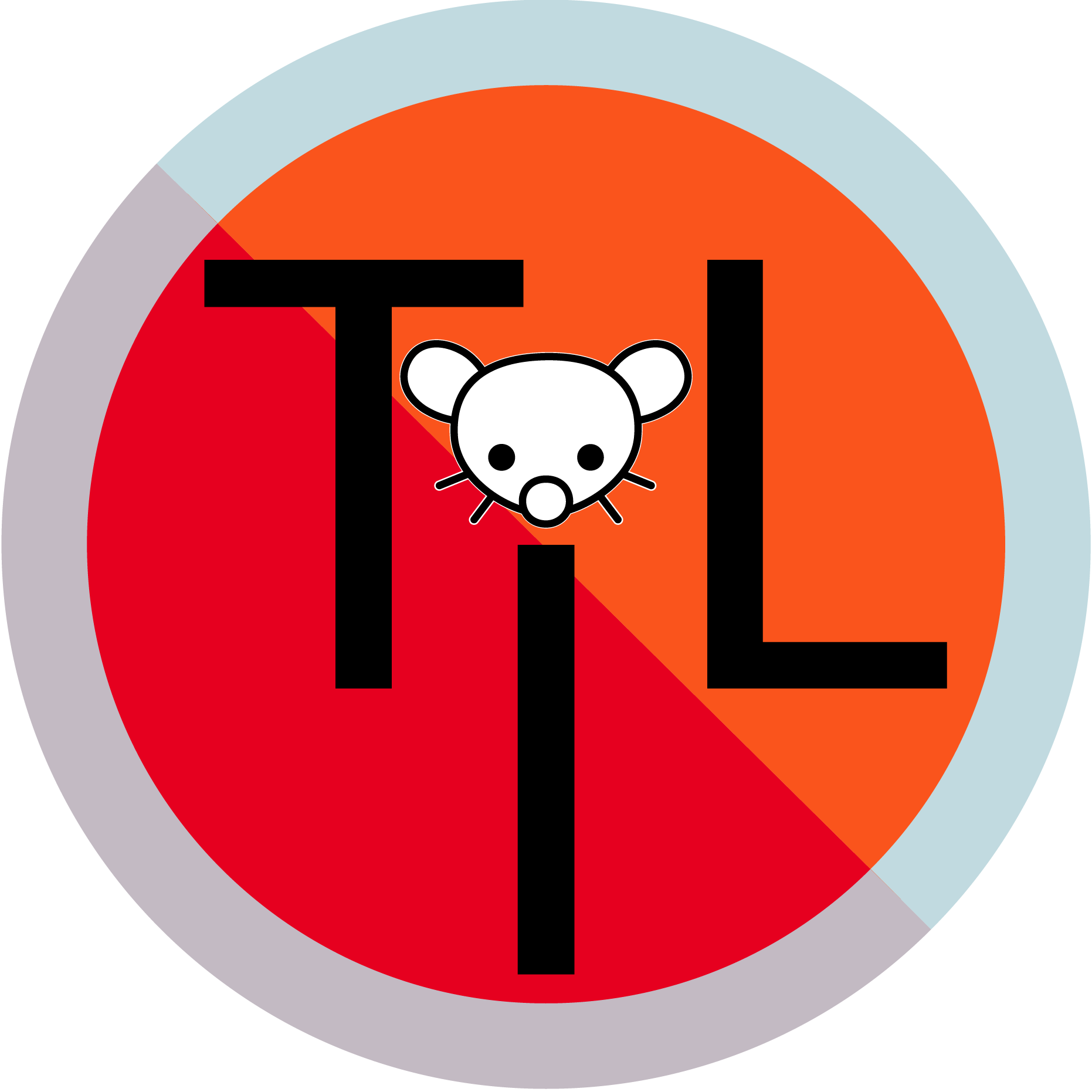Open world games don’t hold me, because ironically, they tend to feel too small. When you can walk from one side of the setting to the other in real time, it all feels small.
Admin of lemmy.blahaj.zone
I can also be found on the microblog fediverse at @ada@blahaj.zone or on matrix at @ada:chat.blahaj.zone
- 12 Posts
- 589 Comments
As an instance admin, if I regularly see reports for a local community that break community rules but not instance rules that sit without action for 24 hours or more, that’s when I’ll get involved with the community to try and get more active mods.
If the reports are for posts that break instance rules, I’ll action them whether or not there are local mods active.

 45·6 days ago
45·6 days agoThis is all an interesting hypothetical to you. To me, it’s my lived life. Trust me, I’ve done what you’re talking about. I was active in /r/changemyview, and I’ve spent a lot of time having this discussion with people on social media.
And in that time, not a single person has changed their perspective or view on the topic. Because they already had a view, and despite the ostensible goal of the sub, they’re largely not open to changing their view. They may want to, but they’re not actually willing to change it. Because ultimately, people arrived at their “concerns” through emotional manipulation, and that can’t be undone by “rational discussion”. Like sure, maybe you’re the single exception, and in my 5+ years of having this discussion, you might be the first to genuinely change your opinion. But even then, after 5 years of normalising the idea that my rights are up for discussion, as if it’s actually ok for people to want them removed because of their “concerns”, I’d have a single changed mind in 5 years.
But you know what else I’ve done in those 5 years? I’ve told every other person that I’ve had this discussion with that it’s actually ok to debate my rights, that whether or not I deserve rights is based on how well I can debate and argue. And I’ve given the bigots driving this whole discussion exactly what they wanted, which is to make myself a target.
Fuck that.
So what does it say about me? It says I’ve got more lived experience in navigating this topic than you ever will, and I’m no longer willing to see “civil discussion” on the erasure of peoples rights, in the pointless hope that it will actually help us. Because it doesn’t.

 53·6 days ago
53·6 days agoThat argument would be torn apart pretty easily
Sure. The argument can be torn apart. But that doesn’t change anything. What changes when you make those sorts of arguments is simply that it gives a green light to pushing back against marginalised people.
If argument being torn apart was enough, the argument against trans folk in sport wouldn’t even be an argument. But it is, because there is a political interest in creating harmful narratives about trans folk, and using exclusion from sport as a wedge to normalise exclusion in other areas. Which is exactly what is happening.
So if you’re ok with that sort of question, I think you need to spend a bit more time looking at the context those questions exist in. Why is it now that people want to suddenly talk about trans people in sports. It’s not because the trans folk have been doing anything different. It’s because there is an explicit motivation to create a culture war, with trans folk as the targets. You shouldn’t be ok with being part of that.

 65·6 days ago
65·6 days agoI’m not asking you to argue about it. I explicitly don’t want people arguing about it, which I was hoping my previous comment would make clear.
There are people out there that were raised a certain way that want to change or perhaps have questions due to ignorance on the topic. By being combative, you’re doing more harm than good for something you clearly care about.
If someone turns against all trans people because they encounter a single angry trans person, then they were just looking for an excuse to justify what they already felt.
And it’s not my job to play nice with the people trying to erase my rights in the hope that maybe, just maybe, they’ll stop what they’re doing! That doesn’t work. That has never worked. Every single civil right gain has been made by pushing back.
So thanks for the advice, but I’ll keep pushing back

 710·6 days ago
710·6 days agoSo, you’d like to argue for the validity of excluding a vulnerable group, in the middle of a world spanning hate campaign against that exact group?

 89·6 days ago
89·6 days agoSo, you’d be ok with someone arguing that maybe a discussion about racism is warranted, because sometimes, a bit of racism is warranted?
Or is that only ok when it’s trans people?
'cause if you want logical and consistent, that’s something you need to ask yourself. Why is it that folk are quite willing to discuss the erasure of rights of just one class of people, when it’s not something you’d even consider talking about with most other groups?
There is no consistency in that desire, it’s not driven by a desire to be logically consistent. This is driven by political interests and think tanks trying to create social divide. It’s not a co-incidence that you just want to consider the logical merits or trans folk, right now, at this moment in history.
Until you’re willing to face the reasons behind that, and the impact your social context has on you, you can’t be logically consistent.

 1210·7 days ago
1210·7 days agoWhat do you want changed then?

 3717·7 days ago
3717·7 days agoAlso, if you come in expecting to debate for the removal of trans rights, you won’t last long

 1·10 days ago
1·10 days agoYou run it and then reboot. If that doesn’t fix it, then it didn’t fix it :\

 2·10 days ago
2·10 days agoTry enable-linger. As I understand it, the issue is related to the way Sway handles Wayland sockets, and enable-linger kicks things off before Sway is involved.

 1·10 days ago
1·10 days agoCan you compare
groupsoutput under both sessions?Specifically, if you don’t show membership of sudo in your Sway session, try this
loginctl enable-linger lazarus

 36·10 days ago
36·10 days agoYou are the only moderator of both communities you moderate, so it sounds like a display bug

 8·13 days ago
8·13 days agoI’m Australian. I say something closer to “buh”, but I introduce vibrato to the sound down near my vocal cords, rather than by trilling the R in my mouth

 171·14 days ago
171·14 days agoNot quite. I grew up with a lot of racism that took time to undo and is still ongoing.
But that didn’t impact my kiddo directly as they’re not targetted by racism.
However, I found out that I’m adhd due to my kid being diagnosed, and I was out as queer before them. So we have intersections in common that we’ve both been working through at the same time.

 48·17 days ago
48·17 days agoExist as a trans person

 565·19 days ago
565·19 days agoEmpathy being a sign of privilege isn’t the truth I needed to read today :/

 4·19 days ago
4·19 days agoYep! Though now that I’ve seen that, I’ll use Data’s preferred pronunciation when talking about the character

 3·19 days ago
3·19 days agoNope. Definitely don’t say it like that!








I hope it’s a future of Linux, not the future. I’m not a fan of atomic distros, mostly because if their reliance on flatpak and the like